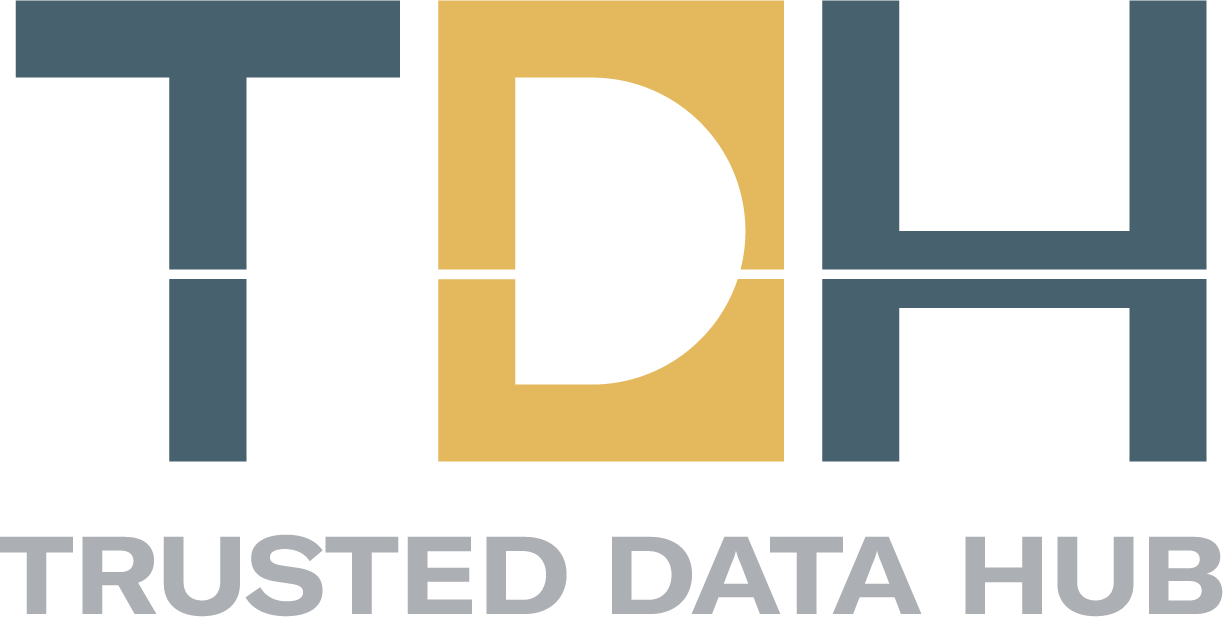Driving Smarter Decisions with Governed Data Analytics
In today’s fast-paced, data-rich environment, organizations across every sector are increasingly relying on data analytics to drive strategic and operational decisions. From forecasting customer behavior to optimizing supply chains, data is the lifeblood of modern decision-making. However, the quality of those decisions hinges directly on the integrity and reliability of the underlying data. Without trusted data, even the most sophisticated analytics can lead to misleading or flawed outcomes. That’s where data governance comes in, not as a bureaucratic hurdle, but as a foundational enabler. Effective governance bridges the gap between raw, scattered data and actionable, high-impact insights, ensuring that decisions are not only data-driven, but also accurate, accountable, and aligned with organizational goals.
The shift toward evidence-based, data-informed decision-making has become a defining feature of modern organizational strategy. In both the public and private sectors, data analytics is increasingly central to shaping policy, guiding investments, and improving operational efficiency (George et al., 2021). From healthcare systems using predictive models to allocate resources, to retail firms leveraging real-time analytics for customer personalization, the reliance on data has deepened across nearly all domains (Wamba-Taguimdje et al., 2021). However, this evolution has brought with it a set of complex challenges. The sheer volume, variety, and velocity of data often referred to as the “three Vs” are expanding at a pace that exceeds the capacity of many organizations to manage them effectively (Zhang et al., 2022). This data deluge complicates the path from collection to insight, making robust governance frameworks more crucial than ever to ensure that data can be trusted, integrated, and used responsibly.
Data governance refers to the framework of policies, processes, and roles that ensure data is accurate, secure, and used responsibly across an organization. At its core, it encompasses key elements such as data quality, metadata management, stewardship, and clearly defined roles and responsibilities (Otto, 2021). By implementing governance, organizations create a foundation of trust, consistency, and accountability in how data is handled essential for reliable analytics and informed decision-making (Alhassan et al., 2022).
Without strong data governance, analytics initiatives can falter sometimes with serious consequences. Poor data quality, such as incomplete or inaccurate records, often leads to misleading insights that undermine strategic decisions (Khatri & Brown, 2020). For example, inconsistent definitions of customer churn across departments may result in conflicting KPIs, eroding confidence in analytics outcomes (Panian, 2021). Additionally, lack of oversight increases the risk of regulatory non-compliance, especially under laws like GDPR or the AI Act, and can embed bias into machine learning models, leading to flawed or unethical decisions (Rahwan et al., 2022). Real-world cases like incorrect COVID-19 data projections or miscalculated loan risk assessments illustrate how the absence of governance can turn data from an asset into a liability.
Embedding data governance throughout the data analytics lifecycle is crucial to ensuring reliable, transparent, and reproducible insights. During data discovery and ingestion, governance tools like data catalogs and lineage tracking help users understand data origins and transformations, promoting trust and reducing risk (Giebler et al., 2021). In the data preparation phase, governance frameworks standardize definitions and validate data from trusted sources, reducing inconsistencies before modeling begins (Otto, 2022). Governance mechanisms also enhance model building and insights generation by enforcing auditability and version control, which are essential for reproducibility in data analytics (Katal et al., 2023). In the final decision-making phase, governance ensures that executive dashboards are supported by traceable and validated data, maintaining accountability for strategic outcomes.
Governance enablers like Chief Data Officers (CDOs) and data stewards play a pivotal role in driving data responsibility across organizations (Wende & Otto, 2021). Modern governance platforms integrated with business intelligence (BI) tools automate enforcement of policies, support lineage visualization, and flag anomalies. The rise of AI-assisted governance tools further augments data quality monitoring, classification, and policy application in real time (Zhou et al., 2023). Moreover, governance is increasingly embedded in modern data architectures like data mesh and data fabric, enabling decentralized, scalable, and policy-aligned analytics ecosystems (Dehghani, 2021).
Striking the right balance between control and agility is essential in modern data governance. While compliance, risk management, and regulatory alignment remain non-negotiable, overly rigid controls can stifle innovation and frustrate analysts. Organizations are increasingly adopting federated governance models, which delegate governance responsibilities to domain-level teams while maintaining central oversight. This approach supports both accountability and flexibility, enabling business units to move quickly while adhering to enterprise-wide standards (Otto, 2022). By equipping analysts and business users with trusted, well-governed data through self-service tools, organizations empower decision-makers without compromising data integrity.
Far from being a bureaucratic hurdle, effective data governance can serve as a strategic advantage. When embedded thoughtfully, governance fosters a culture of data literacy, transparency, and trust key ingredients for innovation and agility in AI-driven and heavily regulated environments (Wende & Otto, 2021). Rather than hindering progress, strong governance enables faster, safer decision-making by ensuring that the data behind insights is accurate, contextual, and compliant. In competitive landscapes, where data is increasingly a core asset, governance becomes a differentiator fueling responsible AI, ethical data analytics, and sustained business value.
In conclusion, as organizations increasingly rely on data to guide decisions, the role of data governance becomes indispensable. Governance is what transforms raw data into trusted, high-quality insights that leaders can act on with confidence. It ensures consistency, accountability, and ethical use of data across every stage of the data analytics lifecycle. Far from being a barrier, strong governance accelerates innovation by enabling responsible, scalable, and trustworthy decision-making, making it a cornerstone of any successful data-driven strategy.
References:
- Alhassan, I., Sammon, D., & Daly, M. (2022). Data governance activities: a framework and empirical investigation. Information Systems Frontiers, 24, 1139–1156.
- Dehghani, Z. (2021). Data Mesh: Delivering Data-Driven Value at Scale. O’Reilly Media.
- George, G., Haas, M. R., & Pentland, A. (2021). Big data and management: From the editors. Academy of Management Journal, 64(2), 371–376.
- Giebler, C., Gräuler, M., & Störl, U. (2021). Automated data lineage for data governance. Journal of Data and Information Quality, 13(1), 1–23.
- Katal, A., Wazid, M., & Goudar, R. H. (2023). Ensuring reproducibility in data analytics: A governance-driven approach. Data & Knowledge Engineering, 143, 102146.
- Khatri, V., & Brown, C. V. (2020). Designing data governance. Communications of the ACM, 63(1), 20–23.
- Otto, B. (2021). Organizing data governance: Findings from the field of data management. International Journal of Information Management, 58, 102350.
- Otto, B. (2022). Data governance in the age of data-driven business. International Journal of Information Management, 63, 102428.
- Rahwan, I., Cebrian, M., & Lepri, B. (2022). Machine behaviour and algorithmic bias: Towards accountable AI. Nature Human Behaviour, 6(3), 277–287.
- Panian, Z. (2021). Data governance for improved business performance. Journal of Information and Organizational Sciences, 45(1), 77–89.
- Wamba-Taguimdje, S.-L., Fosso Wamba, S., Kala Kamdjoug, J. R., & Tchatchouang Wanko, C. E. (2021). Influence of big data analytics capabilities on firm performance: The mediating role of dynamic capabilities. Journal of Business Research, 131, 319–331.
- Wende, K., & Otto, B. (2021). The role of data stewardship in data governance. ACM Journal of Information Systems, 39(3), 75–92.
- Zhang, Y., Wang, X., & Lin, X. (2022). Big data and analytics in the era of rapidly growing data: A systematic review. Information Systems Frontiers, 24, 1077–1094.
- Zhou, J., Zhang, L., & Sun, Y. (2023). AI-enabled data governance: A review and future perspectives. Expert Systems with Applications, 222, 119898.


Leave a Reply